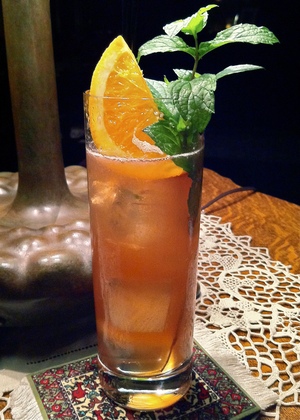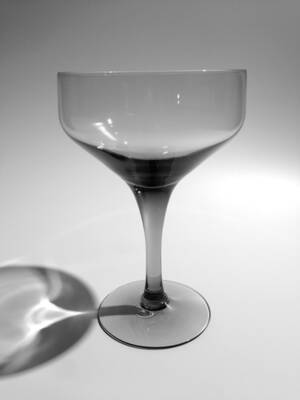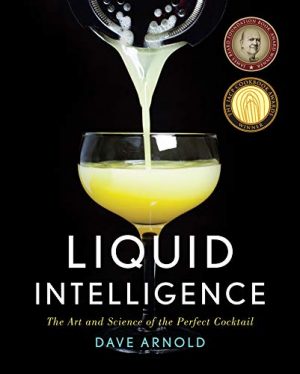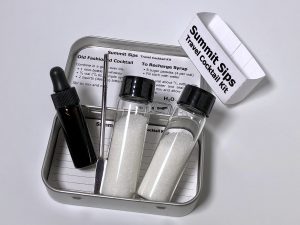
Jägerita
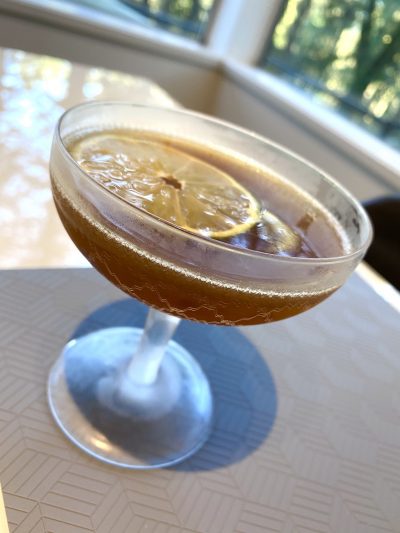
Like everyone else, we first learned about this drink from Jeffrey Morgenthaler. The Jägerita, created by David Cordoba more than a decade ago, is surprisingly delicious despite how it sounds on paper. As the name implies, this is like a Margarita, only it uses Jägermeister as the base. Now, before you cry foul and run for the hills, consider this: Have we ever led you astray? Sit down, relax, and open your mind to the possibilities. You need to block the rejection urge and let flavor speak for itself. Yeah, it’s not going to taste like a typical Margarita, and it’s not going to taste like a Jäger Bomb either—but it will be unique and amazing.
This is a simple drink, so let’s break it down. First, it follows a basic sour formula that balances citrus with a sweet liqueur. Drinks in this category can be traced back to the Sidecar which predates the Margarita and calls for cognac—long before anyone knew about tequila. Both drinks use orange liqueur as the sweetener. Cointreau is usually specified, and it is a very good brand of triple-sec, but you can use Patron Citronge or other alternatives. There are, of course, many variations of the Margarita—some that add other fruit flavors, swap the triple-sec for something stronger like Grand Mariner, add simple syrup to adjust the balance, or even enhance the acid by using both lemon and lime—the basic sweet/sour formula, however, remains intact.
So, where does that leave us with the Jägermeister in this recipe? Well, if you put your thumb over tequila and write-in Jäger, you’ve basically done a straightforward substitution. But can you just do that? How is Jägermeister, of all things, supposed to replace tequila? What exactly is Jägermeister, anyway?
Jägerita by David Cordoba
1.5 oz Jägermeister
.75 oz Cointreau
.75 oz lime juice
2 teaspoons rich simple syrup (2:1)Add ingredients to a shaker with ice, cover and shake to chill. Double strain into a chilled cocktail glass.
To answer these questions, we need to set aside Jägermeister’s college frat party reputation and consider what this stuff really is—or at least understand the product from a European perspective. In the US, it has gained popularity as a shot. Whether by accident or through brilliant marketing, drinking newcomers and 21-year-olds have been convinced they should slam it as part of a cringeworthy partying ritual. Yet, the product enjoys 90 years of history that far outdates any association with Red Bull.
Jägermeister takes over a year to produce and is made by macerating 56 botanicals, from roots to fruits, in giant oak barrels. It is sweetened, fortified, and put into the iconic drop-proof green bottles we all know (and soon will love). It is often noted for its predominant star anise and licorice flavor, but discerning tasters can identify citrus, juniper, saffron and many other herbs and spices. It is a potent, 70-proof, bittersweet elixir that most serious cocktail enthusiasts today categorize as an amaro—appropriately placing it in the company of Italian products like Fernet-Branca and Cynar, even though Jäger is made in Germany. In fact, we have often entertained guests with amaro tasting, comparing sample after sample, brand after brand, and we can easily slip Jäger into the mix and nobody bats an eye.
Once you recognize that the Jägerita is merely an amaro sour, the cocktail no longer seems so unusual. For such a big flavor impact, it is actually a little light in alcohol causing some to bump the ratio a bit to 2:1:1 plus a little more simple syrup. In any case, we think it is an incredible example of “not what you would expect” from the name, and definitely a drink you should try before you judge.
From The Shop:
Recommended:
You Might Also Like:
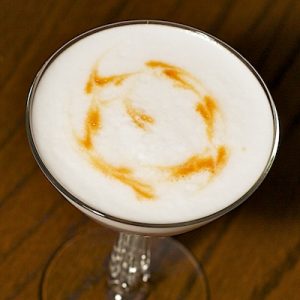
Iron Cross
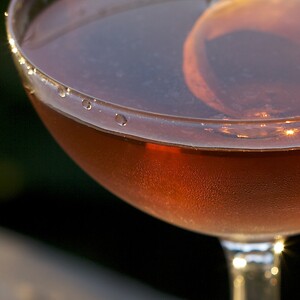
Bobby Burns

Basil Oil Garnish
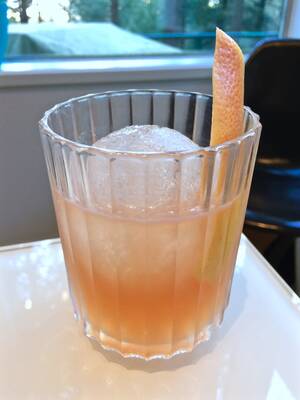
Bicycles & Baskets
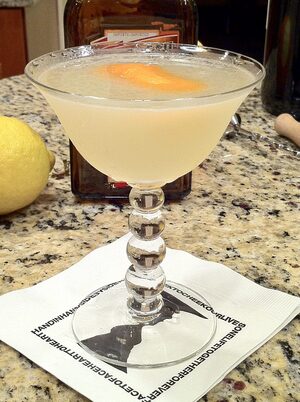
Corpse Reviver #2

Drink with No Name: The Harrington
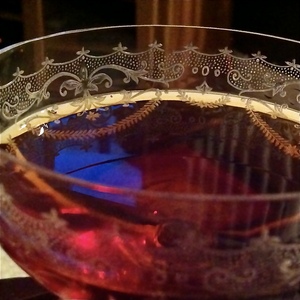
Newark
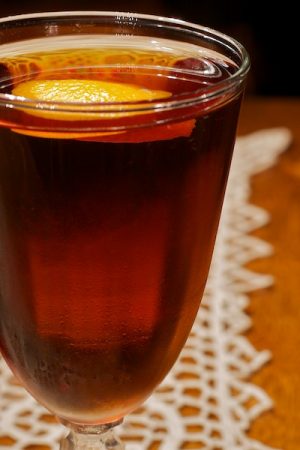
Anodyne
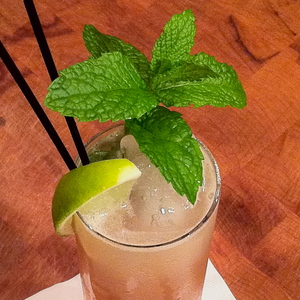
El Diablo
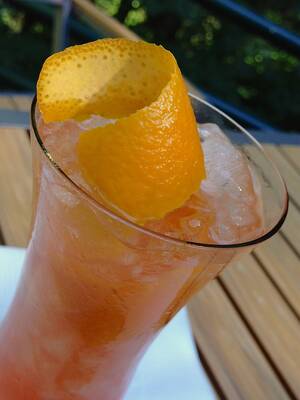
Rhubarb Blush
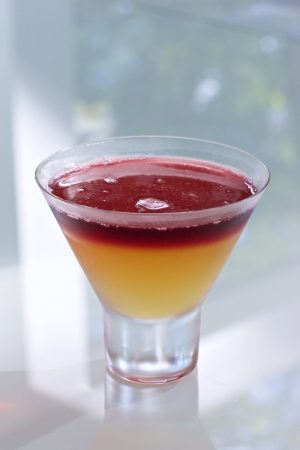
Gangs Of New York
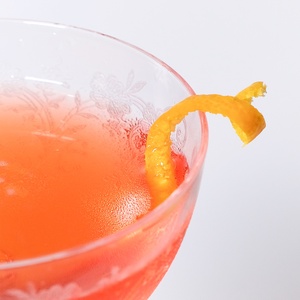
Fogerty
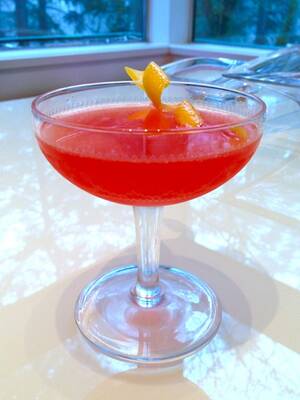
My New Religion
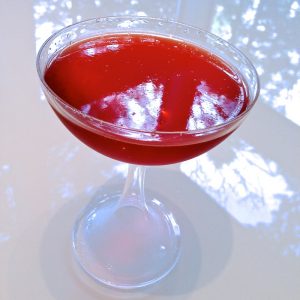
Eeyore’s Requiem
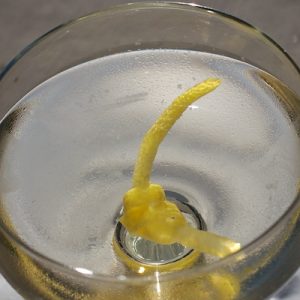
Atty
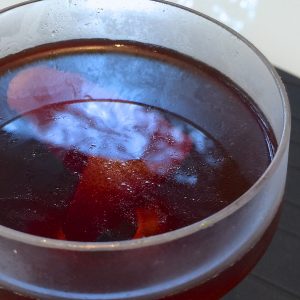
Palmetto

Floridita Cocktail

Grounded For Life

Death in the Gulf Stream
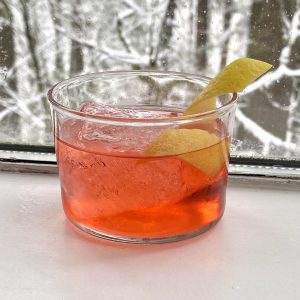
Jalisco Stroll
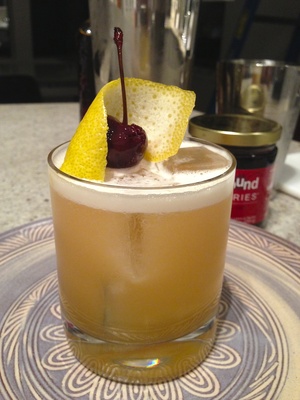
Amaretto Sour

Chestnut Cup
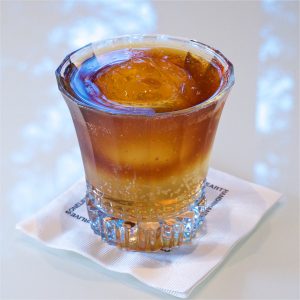
Cold Brew & Tonic

Suffering Bastard

Stinger

Cranston
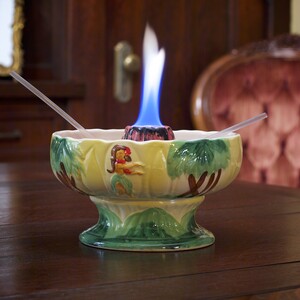
Volcano Bowl
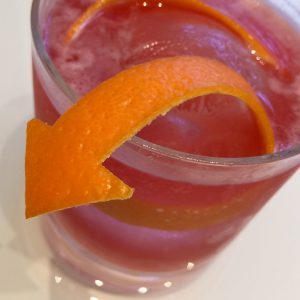
Turn Signal
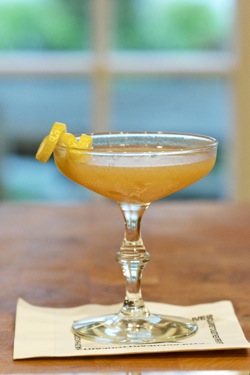
Japanese
